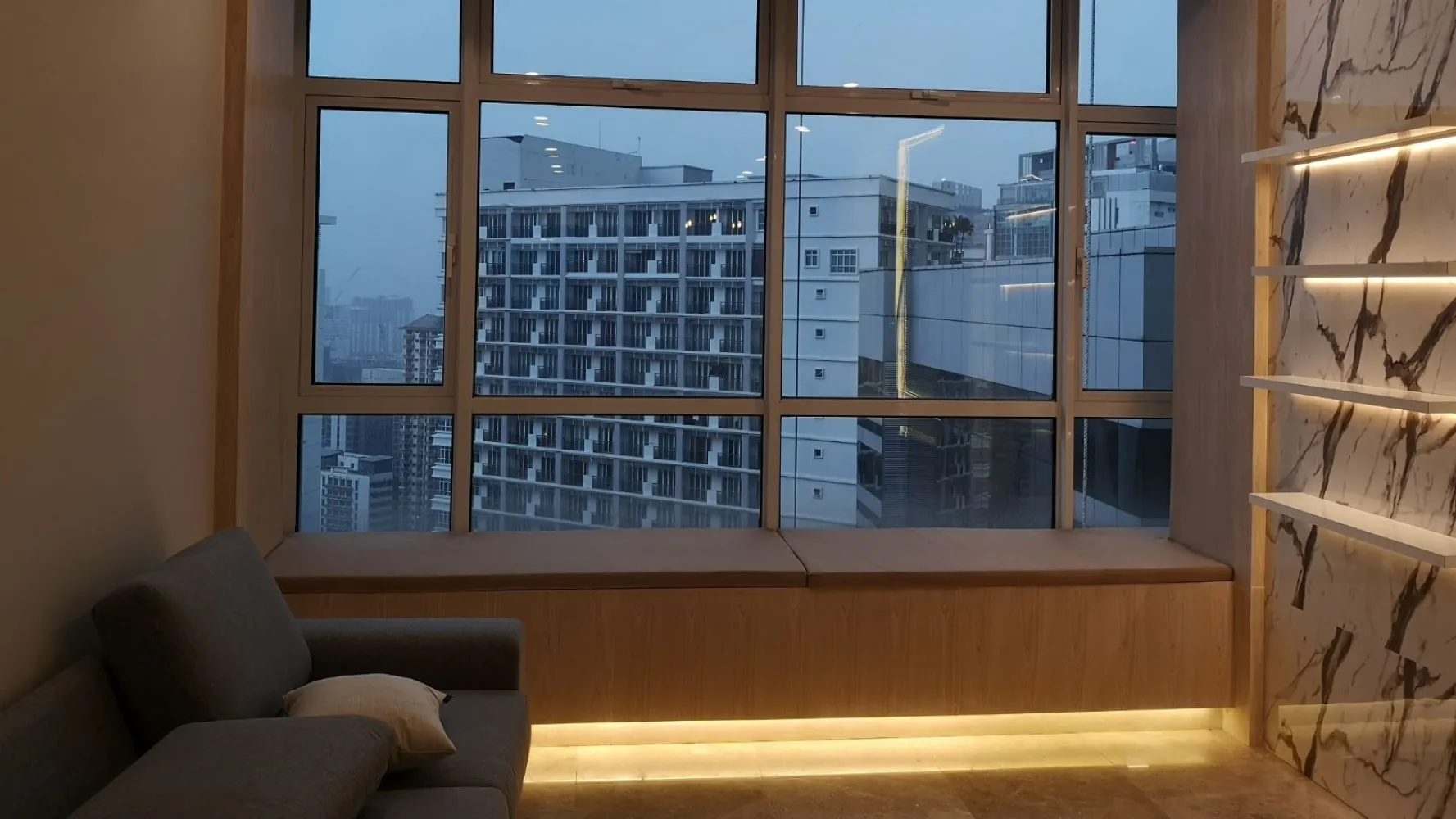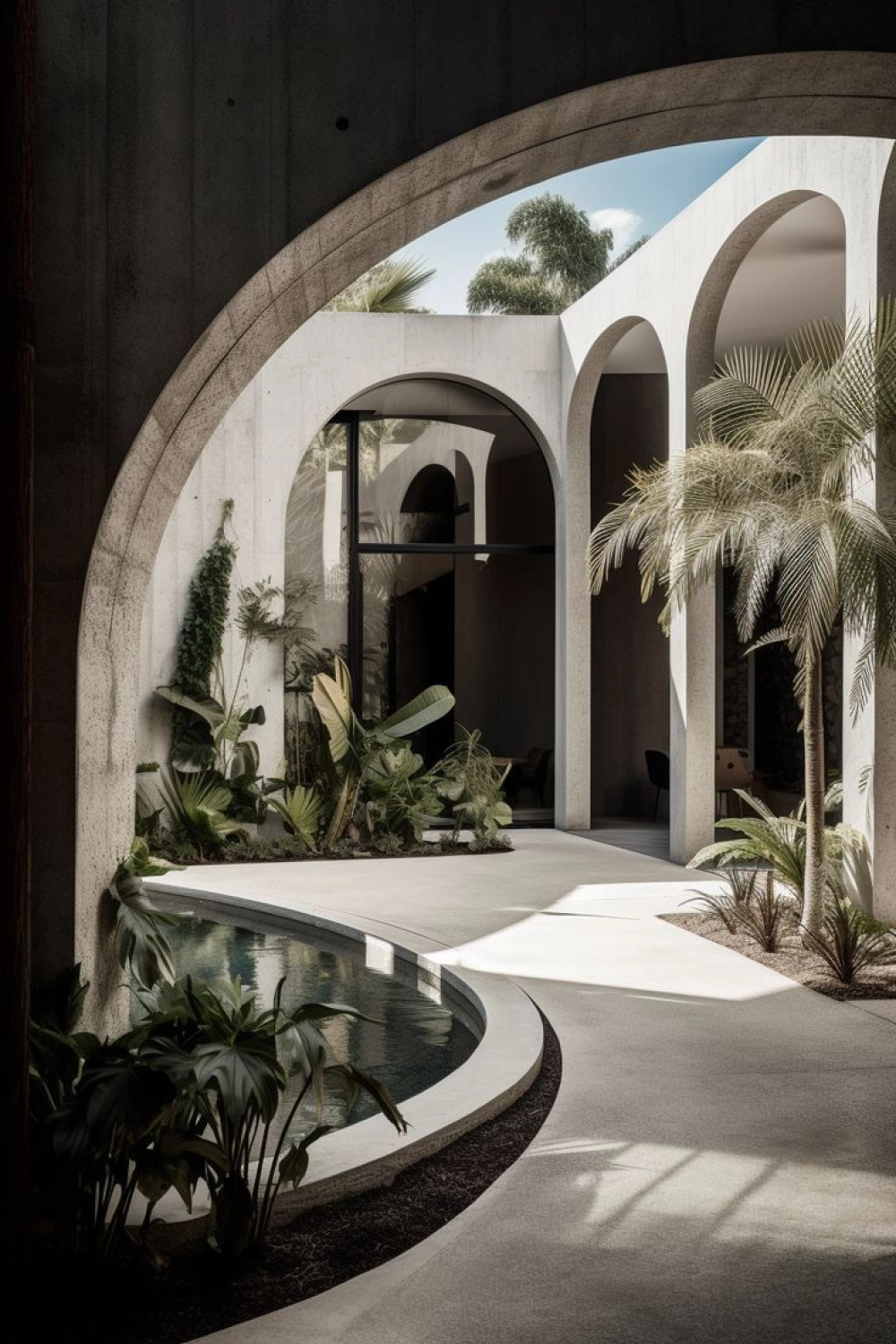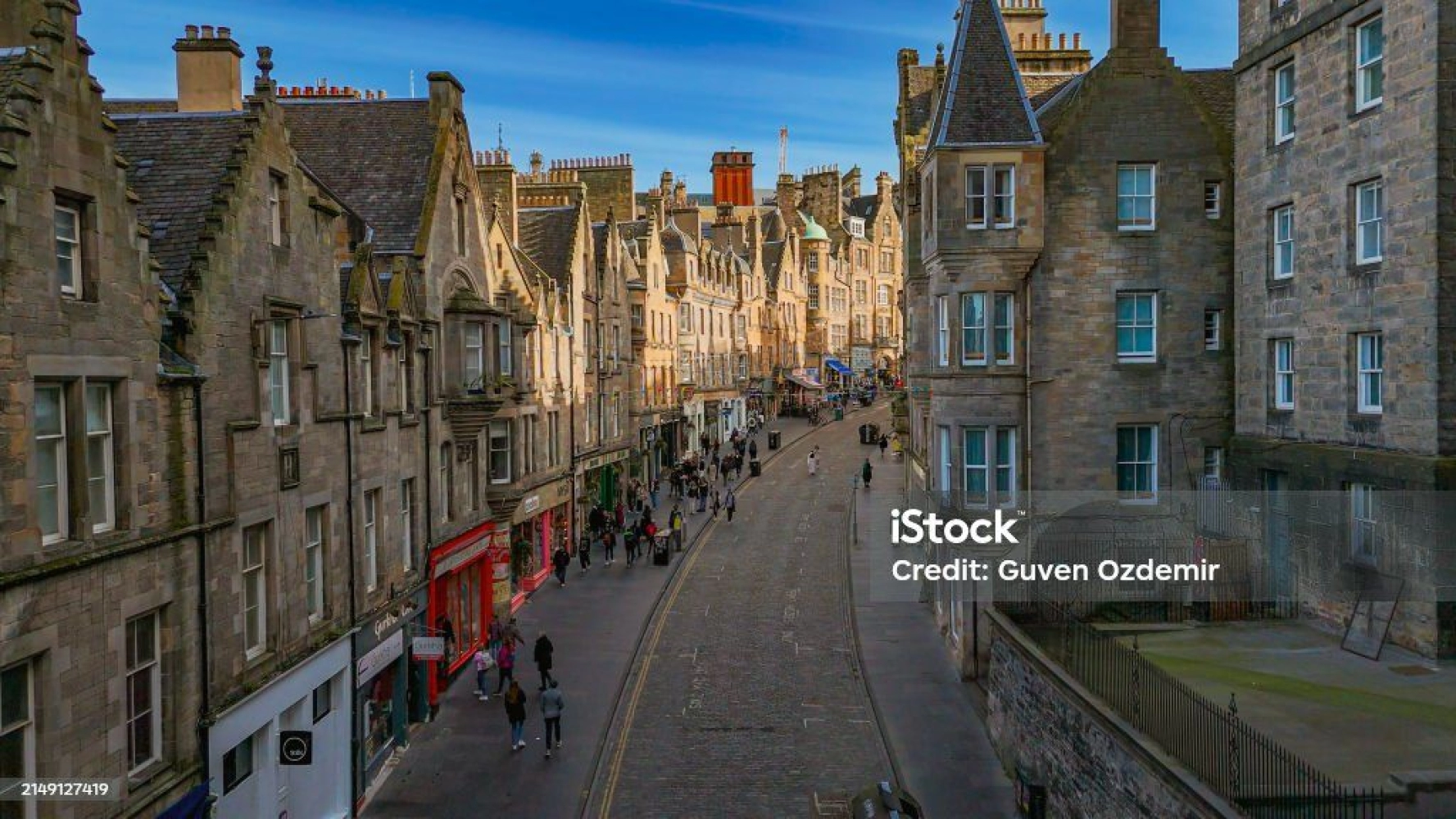Modern Facade | Exterior Architecture | Sustainable design
The Modern Facade Design
Exploring the Modern Facade: A Blend of Innovation and Aesthetics
In the realm of architecture, the facade serves as the face of a building, embodying its character and inviting interaction with the surrounding environment. In recent years, the concept of the facade has undergone a transformative evolution, propelled by advancements in technology, material sciences, and a growing emphasis on sustainable design principles. Today, modern facade design stands at the intersection of innovation and aesthetics, offering architects unprecedented opportunities to redefine the visual language of buildings.Integration of Technology:
One of the defining features of modern facade design is the seamless integration of technology. From dynamic lighting systems to interactive displays, technology has become an integral component of contemporary facades, allowing buildings to engage with their surroundings in novel ways. LED panels embedded within the facade can transform the building's exterior into a canvas for artistic expression, displaying vibrant animations or providing information to passersby. Additionally, advancements in responsive facade systems enable buildings to adapt to environmental conditions in real-time, optimizing energy efficiency and occupant comfort.Material Innovation:
In the pursuit of sustainability and architectural innovation, modern facade design has witnessed a proliferation of novel materials and construction techniques. Engineers and architects are experimenting with an array of materials, including glass, metal alloys, composite panels, and even organic materials such as living green walls. These materials not only enhance the visual appeal of the facade but also offer functional benefits such as thermal insulation, acoustic performance, and durability. Moreover, the use of parametric design tools and digital fabrication methods has facilitated the creation of intricate facade geometries that were once impractical to realize.Biophilic Design Principles:
In an era characterized by urbanization and disconnect from nature, modern facade design increasingly incorporates biophilic principles to foster a deeper connection with the natural world. Biophilic design seeks to integrate elements of nature into the built environment, promoting human well-being and environmental sustainability. Green facades, comprised of climbing plants or vertical gardens, not only enhance the aesthetic appeal of buildings but also contribute to improved air quality, biodiversity, and thermal regulation. Furthermore, the incorporation of natural materials, textures, and patterns within the facade can evoke a sense of tranquility and connection to the outdoors.Cultural Context and Identity:
While modern facade design embraces technological innovation and contemporary aesthetics, it also reflects the cultural context and identity of its surroundings. Architects draw inspiration from local traditions, history, and cultural motifs to create facades that resonate with the community and contribute to the sense of place. Whether through the use of indigenous materials, vernacular architectural elements, or symbolic references, modern facades serve as a canvas for cultural expression and identity. By weaving together the past, present, and future, these facades enrich the urban fabric and foster a sense of belonging among inhabitants.Conclusion:
In conclusion, modern facade design represents a convergence of innovation, aesthetics, and sustainability, shaping the visual landscape of cities around the world. From the integration of cutting-edge technology to the embrace of biophil
18 Apr 2024














